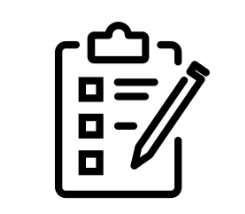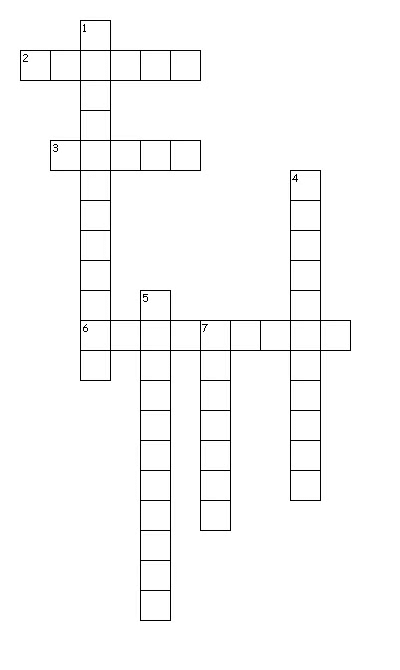Light Shadow and Reflections Class 6 Worksheet Science
Q1: Fill in the blanks
i. The sun is a source of light.
ii. Light is a form of .
 iii. A shadow is in color.
iii. A shadow is in color.
iv. Candles, oil lamps and earthen lamps are sources of light.
v. An image has the of the object.
vi. A highly polished furniture acts like a .
Q2: Crossword
Across
2. These objects does not allow light to pass through them
3. it travels in straight line
6. it is a device to see hidden corners
Down
1. This device uses reflection to create beautiful picture
4. These objects allows light to pass fully
5. These objects allow the light to pass partially
7. It is formed when opaque objects come in the path of light
Q3: True or False

i. Any non-luminous body can be made luminous by heating it.
ii. Any material through which light energy pass partially or wholly is called an opaque object.
iii. A cardboard is an example of an opaque object.
iv. Glass is a transparent object.
Answer the following
Q4: What is a luminous object?
Q5: What happens to light when it hits an opaque object?
Q6: Can you see objects in total darkness?
Q7: What kind of object allows all light to pass through it?
Q8: How do shadows change with the position of the light source?
Q9: What is an example of a translucent object?
Q10: Why do we see reflections in a mirror?
Q11: What is a pinhole camera used for?
Q12: Can a shadow be seen without a screen?
Q13: What does the color of a shadow depend on?
Q14: Why does a pinhole camera produces an inverted (upside down) image?
Q15: What do you understand by rectilinear propagation of light?
Q16: What is a reflector? Give one example.
Q17: Why do polished surfaces cause glare in our eyes?
Assertion and Reason Questions
Q22: Assertion (A): When we look into the mirror, we see our own face inside the mirror.
Reason (R): Mirror is made of a transparent substance that allows the light to pass through it.
(a) Both A and R are true and R is the correct explanation of A.
(b) Both A and R are true but R is not the correct explanation of A.
(c) A is true but R is false.
(d) A is false but R is true.
Q23: Assertion (A): In cars the windshields made of glass are used.
Reason (R): Those substances through which things can be seen clearly are called transparent substances.
(a) Both A and R are true and R is the correct explanation of A.
(b) Both A and R are true but R is not the correct explanation of A.
(c) A is true but R is false.
(d) A is false but R is true.
Q24: Assertion (A): When the light from a source falls on a mirror it gets reflected.
Reason (R): On being reflected there is no change in the direction of light.
(a) Both A and R are true and R is the correct explanation of A.
(b) Both A and R are true but R is not the correct explanation of A.
(c) A is true but R is false.
(d) A is false but R is true.
Q25: Assertion (A): Image has the colour of the object.
Reason (R): Image gives only the outline of the object.
(a) Both A and R are true and R is the correct explanation of A.
(b) Both A and R are true but R is not the correct explanation of A.
(c) A is true but R is false.
(d) A is false but R is true.
Q26: Assertion (A): Mirror reflection gives clear images.
Reason (R): Images are quite similar to shadows.
(a) Both A and R are true and R is the correct explanation of A.
(b) Both A and R are true but R is not the correct explanation of A.
(c) A is true but R is false.
(d) A is false but R is true.
You can access the solutions to this worksheet here.
FAQs on Light Shadow and Reflections Class 6 Worksheet Science
| 1. What is the difference between light, shadow, and reflections? |  |
| 2. How are shadows formed? |  |
| 3. Can shadows change in size and shape? |  |
| 4. What is the law of reflection? |  |
| 5. How can we use reflections in everyday life? |  |


















